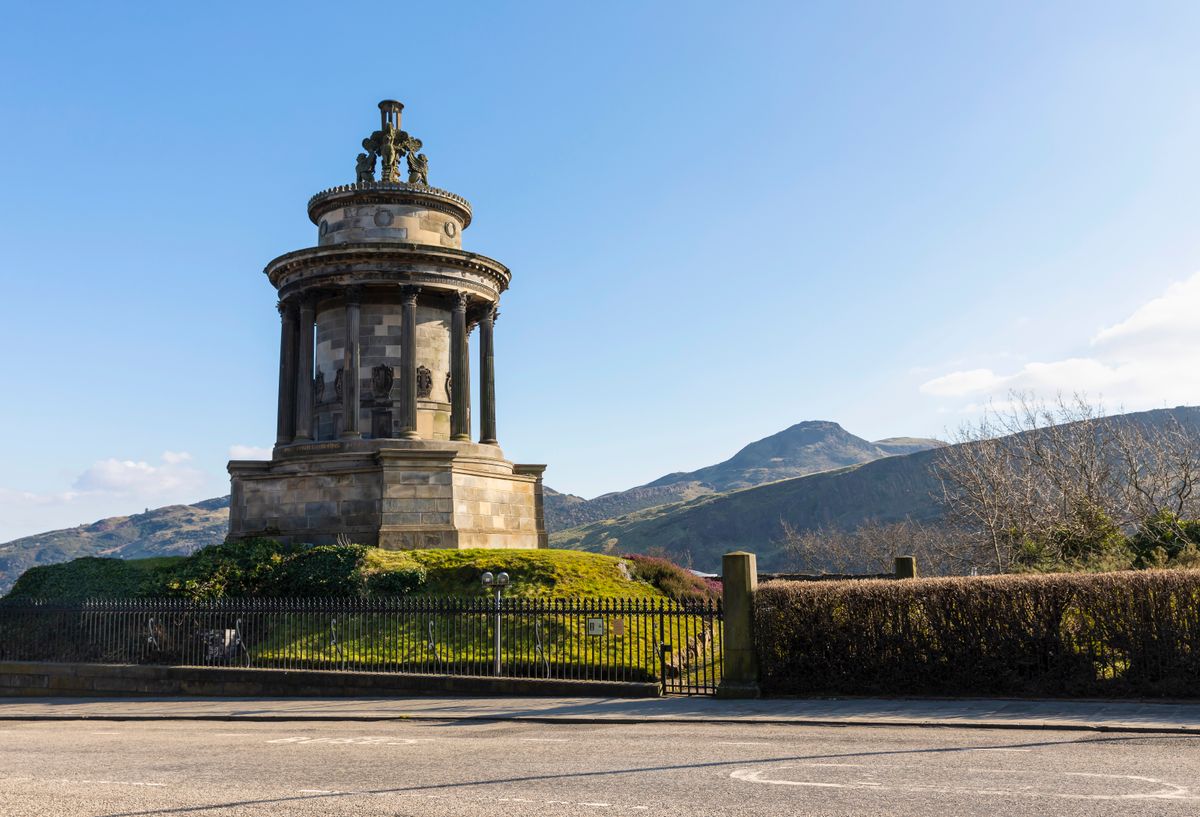Books and Beans, Aberdeen
Why not uncover Scotland’s many literary connections while you are here? There's plenty for the kids to get involved with, including Scottish stories for kids. You can even learn all about the Scots language and pick up a phrase or two from the locals.
Did you know Scotland is home to dozens of quirky independent bookshops? Alongside indie shops and atmospheric cafés to write in, there are plenty of nooks and crannies across Scotland where you can peacefully browse and tuck into your new book. If you fancy getting out and about to explore Scotland's literature, you're in luck! Uncover dark and gruesome tales on the trail of Bloody Scotland, and discover old myths and legends tied to Scottish coasts.
Many popular book series often turn into blockbuster hits on the big screen too, and in Scotland we have a few we like to shout about. Home to many iconic locations, Scotland has been the scenic backdrop of choice for many films throughout the years, including Chariots of Fire, Skyfall and The Da Vinci Code, to name a few. Hop onboard Hogwarts Express and explore the many locations that were either used as, or inspired, the backdrop in this world-renowned film series. You may also be familiar with the Outlander series. Many Scottish castles, ruins, fortresses and historic towns were used to shoot the scenes of this famous TV show.

